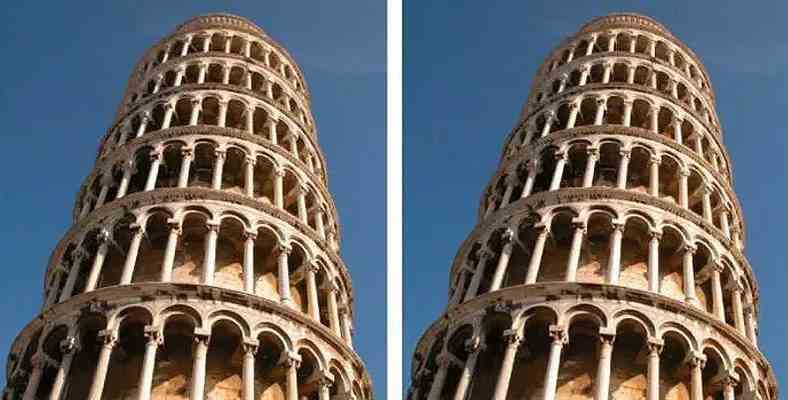Our eyes and brains work in unmatched harmony almost every moment, helping us perceive what we see. In some moments, they may misunderstand what we see and we may not realize this mistake. Just as our mind completes an incomplete image, from time to time we may perceive what we see as wrong or correct.
A similar situation occurs when we put two photographs of a tilted object side by side. We can see one of the two oblique objects more obliquely or longer. This is actually quite interesting, because when we come across images like this, while our brains usually direct us in the right direction. to a false perception we get caught.
The reason for this is simply described as the ‘Leaning Tower Illusion’. Moreover, humanity for centuries was not aware of this situation. Now let’s look at a few examples to better understand what we mean.
These two pictures you have seen are actually exactly the same.
Looking at these pictures, you might think that one of them seems to be leaning on the other. But the photos overlapping each other so that the two towers are exactly alike. you can see.
Moreover, this does not only apply to towers. One of these train tracks also looks crooked.
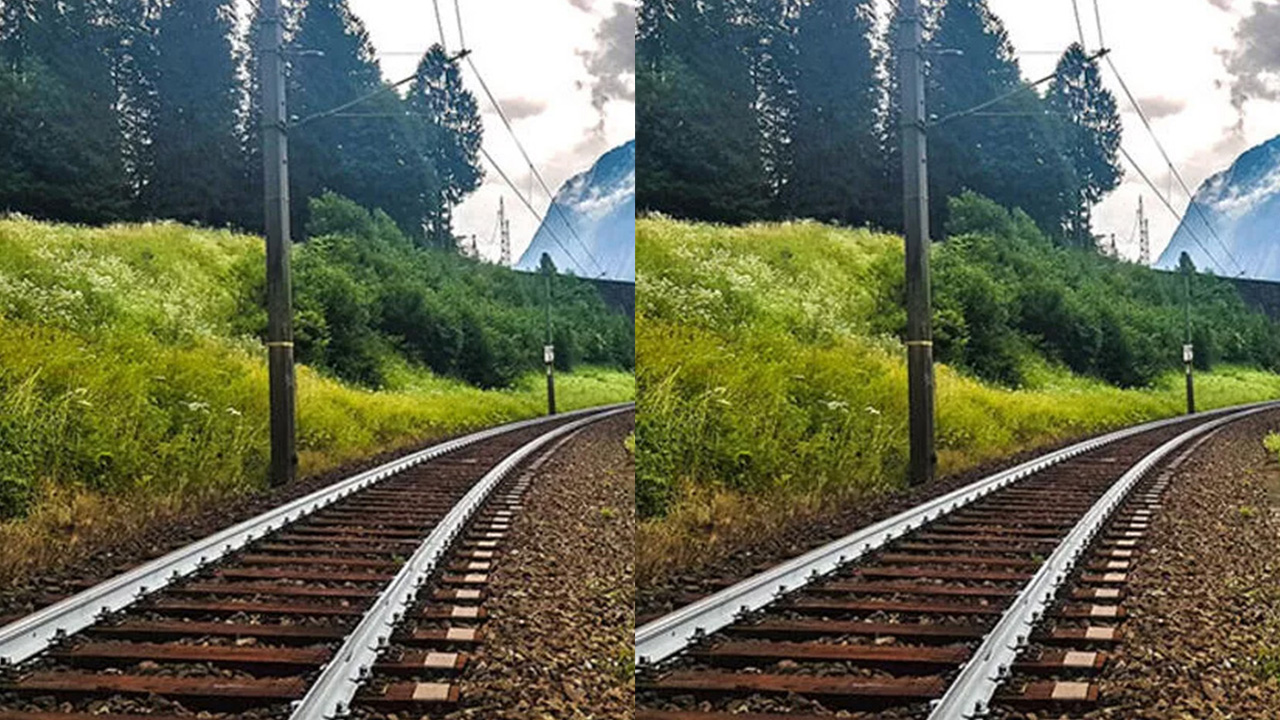
The ‘Leaning Tower Illusion’, which causes us to perceive these pictures differently from each other, comes into play here.
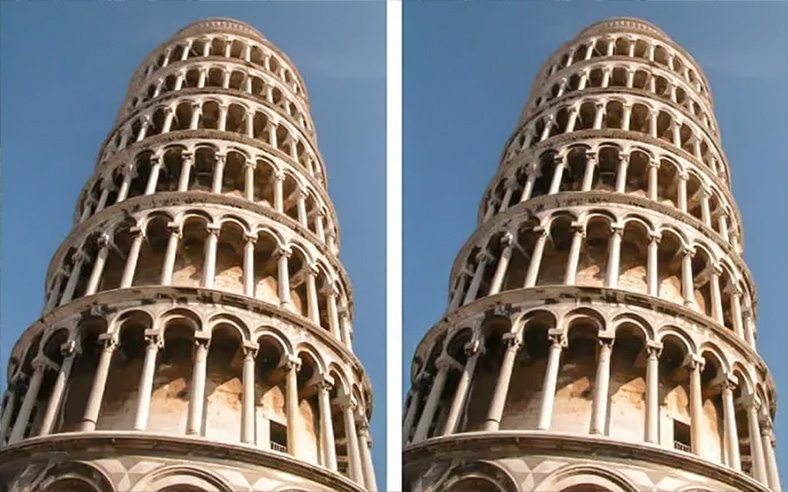
Best Illusion of the Year Award – 2007
This illusion was first discovered in 2007 by Frederick Kingdom, Ali Yoonessi and Elena Gheorghiu. Best Illusion of the Year With this photo they took, the team participating in the competition revealed a visual illusion that has never been noticed before and of course. also won the award.
Afterwards, researches were made and articles were written about this illusion called ‘Leaning Tower Illusion’. In the same year, according to the results of the research published in the journal Perception, the reason why we see one of the two identical towers tilted more. from our perspective perception was due.
Alright; only “Far ones are small, near ones are big.” How does the perspective that we define with the sentence “make us perceive one of the same towers differently?”
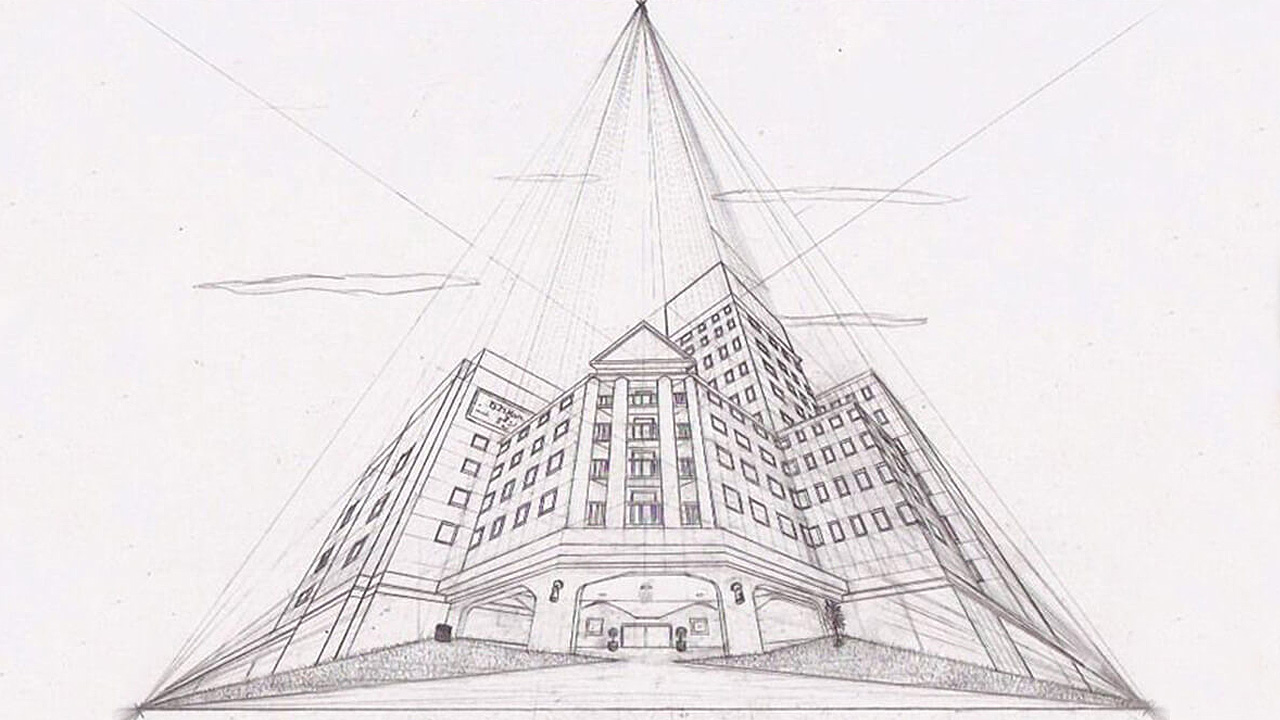
Perspective is a little more complex than the simple definition we’re taught in schools. For example, when you look at buildings such as skyscrapers and towers from different angles, one side smaller or larger, some buildings more slanted or smaller you can see. Moreover, this can happen in exactly the same buildings.
As you may have noticed, in the picture above, the buildings that make up All lines converge at 3 points. While this is an example of 3-point perspective, it is also formal. 3-dimensional elements that make it. Of course, in real life, we have a horizon line and escape points that we cannot see.
Tilted buildings or pictures of the same slanted building placed side by side distort our perception of perspective. Our brain considers these images as a single photograph and perceives it as if we are looking from the middle of two leaning Towers of Pisa. Therefore object whose apex is further away from our viewpoint we see more obliquely than the other. In other words, our brain thinks as if we are looking at it from the right perspective by thinking that the two towers are in the same place. When you think that you are drawing a picture of these towers, the lines will not converge at a single point on the hill.
However, if we were looking at two towers that seem really tilted, the image we see would be much different.
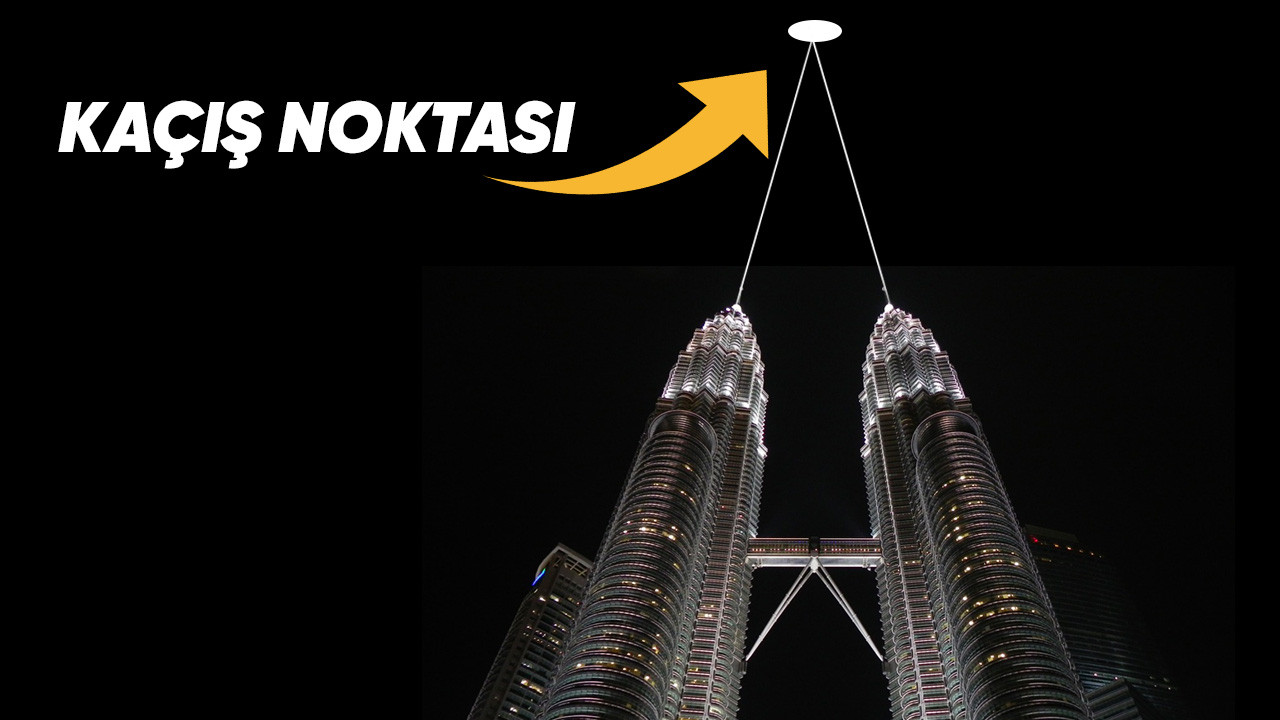
In the first example above you actually see the Petronas Twin Towers in Malaysia, built in parallel. These two structures that we draw a line that extends from its extreme point to space. let’s think. These lines we draw will converge at one point because we are looking at two buildings built parallel to each other from exactly the same point.
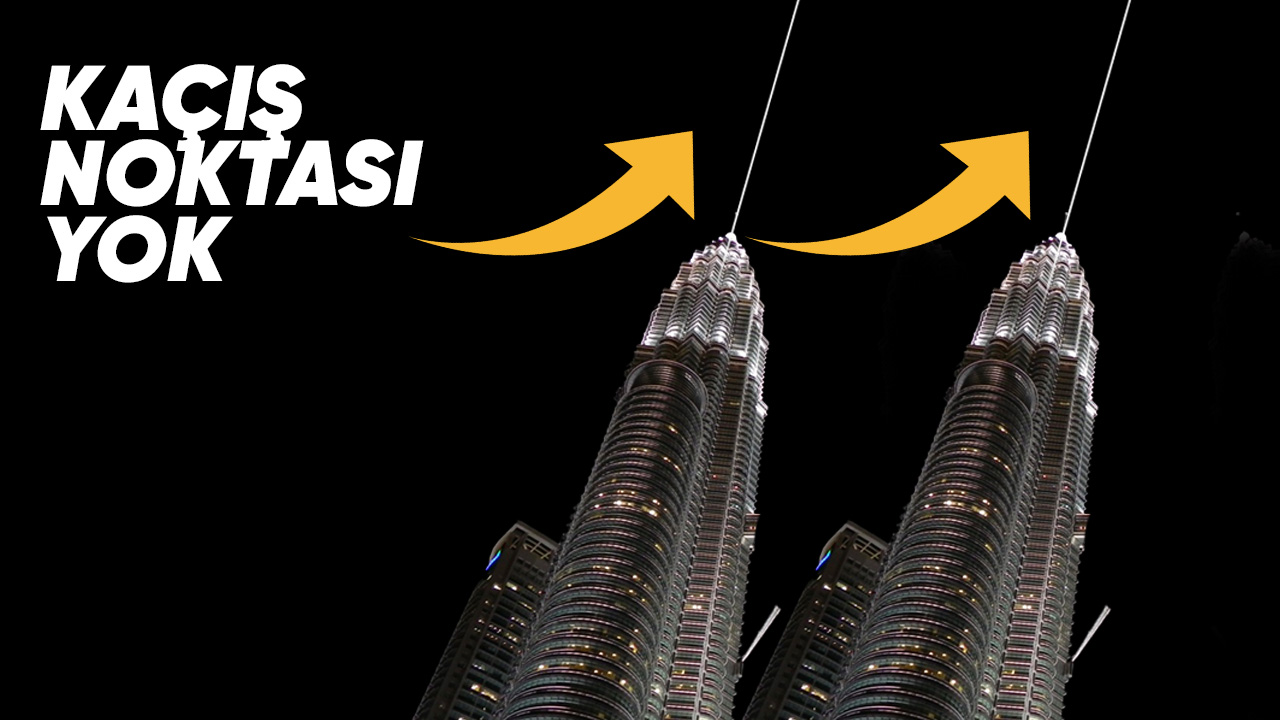
Now let’s see what happens when we put the same photo side by side. If we imagine that we draw a line from the vertices, as we have just mentioned, these two lines will never converge. Because the two towers must have different angles to be in one image. The fact that they have different angles means that the lines never meet at these points, which we call the ‘escape point’ in perspective. This too distorts our perception of perspective and our brain causes us to see a tower more tilted.
In this photo, however, we don’t see one girl standing more obliquely than the other.

Imagine two people sitting in front of you, if they were both bent at the same angle, we would only see two people leaning in the same direction. We don’t feel like one leans more than the other. Because these images perspective effect is much less. For a similar situation to occur, people must be as tall or as tall as a skyscraper. In this case, according to our point of view, the size-smallness ratio of people will increase and a similar illusion may emerge.
RELATED NEWS
